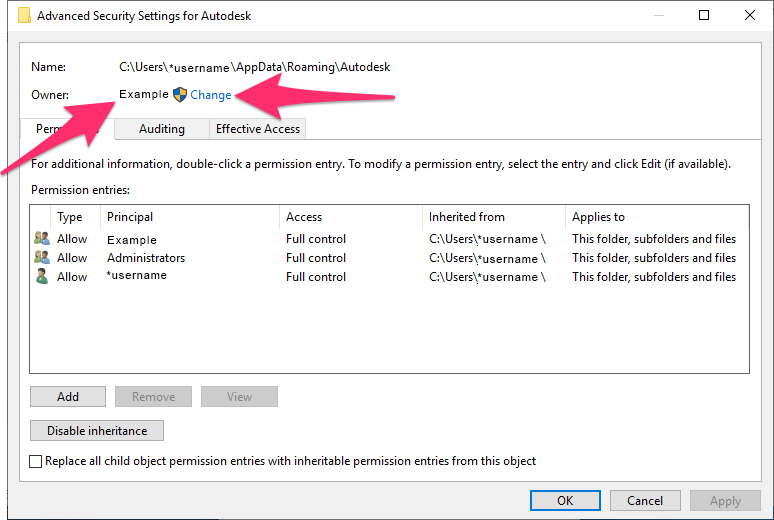



Only the Owner can assign and take away the control of an entity. The owner of an entity has absolute control over everything (state, transform, etc.).īeing a Controller of an entity is something which can be assigned, taken away and transferred to other peers. Ownership of an entity can not be transferred to anyone else.

This peer is the only one where BoltEntity.isOwner will return true. Proxy: where entity.isOwner = false & entity.hasControl = false.īeing an Owner is a non-changeable property that is assigned to the peer which the BoltNetwork.Instantiate call is issued on.Controlled: where entity.hasControl = true.They are not mutually exclusive, you can be any of the following: It is the representation of a network-aware object, and is the base for having Bolt control and replicate an actual GameObject in Unity.Ī BoltEntity is neither from a Server or Client, in Bolt perspective, the ownership of entities is broken down into two separate categories: Owner and Controller. It's also because of this component, that you are able to interact with the Entity's state, modifying it to reflect the state of your game.īoltEntity is similar to a Unity/uLink NetworkView or PUN's PhotonView. In order to mark a GameObject as networked, you need to use the BoltEntity component.īy using this component, you transform an ordinary Unity Prefab into a networked element, allowing Bolt to extract, sync, and manage its data. The BoltEntity is a Unity GameObject that will be represented on the network by Photon Bolt. What About Normal Proxies, Which Are Not The Controller?.What Is BoltCommand.isFirstExecution Used For?.Method: BoltEntity.ExecuteCommand(BoltCommand Cmd, Bool ResetState).Method: BoltEntity.SimulateController().Of course all your PUN & Bolt projects will continue to work and run with the known performance in the future.įor any upcoming or new projects: please switch to Photon Fusion or Quantum. We will support Unity 2022 with PUN 2, but no new features will be added. PUN Classic (v1), PUN 2 and Bolt are in maintenance mode.


 0 kommentar(er)
0 kommentar(er)
